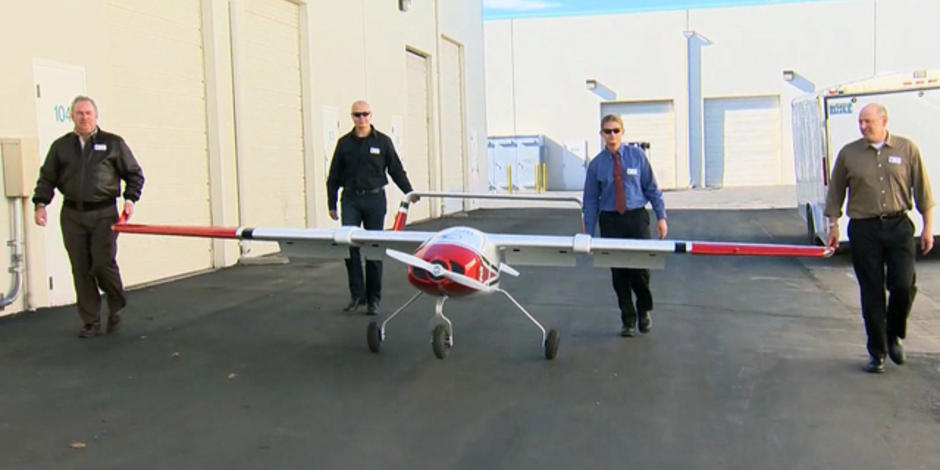While the current global market for drones is expected to double to 11.6bn by 2023, America will most likely lose its current industry lead to other nations less hampered by export control regulations and Federal Aviation Administration (FAA) rules, according to a recent report by Stimson Center.
“At the moment, the United States has the world’ largest and most sophisticated fleet of weaponized drones,” the report stated, adding that regarding the more general global UAV market, “the United States is not likely to remain the world leader in the development of innovative UAV technologies.”
The report, “Recommendations and Report of the Task Force on US Drone Policy,” was completed by the Washington global security policy organization Stimson Center and was written by Gen. John P. Abizaid, a former commander of the US Central Command, and Rosa Brooks, professor at Georgetown University Law Center.
The report stated that despite the enormous commercial potential of civilian UAVs, their development–especially among small- and medium-sized enterprises–was hampered by “clumsy export control rules” and FAA regulations.
Export control rules in the US are ambiguous, the report explained, not clearly drawing a distinction between “unarmed military unmanned aerial vehicles” and other unarmed drones, while subjecting military vehicles to stricter export controls. This prevents manufacturers from measuring the size of their markets, “chilling” their production, according to the report.
Another hindrance to UAV development is that drones operation is not allowed in the “national airspace system” (NAS). Where drones are flown, special permits are required, which, according to the report, are often quite restrictive.
Laws are changing with regards to drones. The FAA Modernization and Reform Act of 2012, which seeks to integrate UAVs into the national airspace system, has a deadline set for September 2015.
The Act required, however, a roadmap for integration, which was requested of the FAA to be produced by February 2013. The FAA released the roadmap nine months behind the deadline.
“The FAA is grappling with important and difficult issues,” stated the report. Notable among these difficulties is determination of how UAV pilots will avoid air collisions without lines of sight and situational awareness.
The concern raised in the report is that the FAA’s months-long delays may become years-long delays, and the US may lose the initiative.
Meanwhile, UAV developers have awaited government clarity while markets abroad have expanded rapidly, and foreign buyers turn increasingly to countries developing more advanced platforms.
“Outside of the United States,” the report read, “UAVs increasingly are being developed for agriculture, weather tracking and infrastructure maintenance.”
“This could chill innovation and dull the technological edge the United States enjoys in the UAV arena, with negative consequences both for the civilian sector and for the military,” the report read. The US may also lose the ability to shape UAV use abroad, according to the report, while some markets are expected to be used for non-peaceful purposes.
Read more: Over 20 Countries Developing Weaponized Drones
“The state that becomes the ‘first-mover’ to fully integrate UAVs into their national airspace may, if given enough of a lead, become a center for the development and scale of UAVs, giving a competitive edge to its domestic manufacturers.”
By James Halaevy
